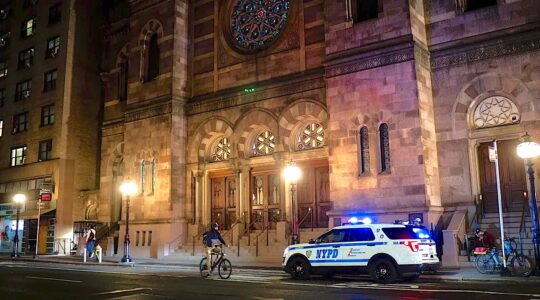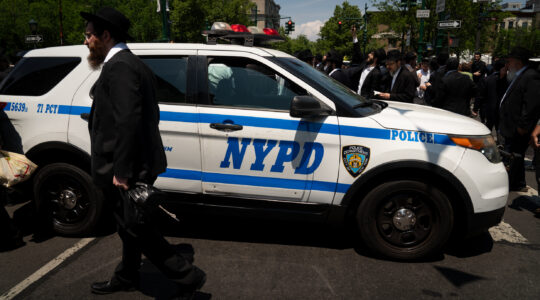When you head out to see a volcano, you don’t expect it to blow up right in front of you. But there it was — Mt. Kilauea, the most active of Hawaii’s many volcanoes, spewing brilliant orange flames and puffs of ashes from its death-black cone.
“I’d toast marshmallows,” my father said, “but I need a longer stick.”
It took many, many years to convince my parents to visit Hawaii. Or more accurately, it took my sister many, many years, since my sister and brother-in-law are the Hawaii mavens in the family. They’re Californians, so Hawaii is kind of their Florida, except with hills. Big ones. Ones that explode right in your face.
Nobody in the family had been to the Big Island, as the island of Hawai’i is known — not to be confused with the state, or the archipelago. With an ideal mix of nature and nightlife, Maui and Oahu are more popular with vacationers, but Hawaiian Airlines had tempting enough deals that our thinking was, Why not tack it on?
For those of us who don’t visit regularly, it can be hard to keep the islands straight. All over Hawaii, you find mountains and rainforests, gorgeous beaches, birds of paradise, luaus, shave ice and tchotchke shops peddling stuff you will never use at home. (What’s in this latter category? Well, by the time my mom asked whether I could “use” a grass skirt, she had filled a spare suitcase with palm-print outfits, pearl jewelry, ukuleles and macadamia nuts.)
If you like volcanoes, coffee and solitude, the Big Island is your destination. It’s wilder and less developed than Maui or Oahu, with nature truly the main attraction. Smoking craters and lava flows are startlingly ubiquitous features of the landscape, along with Instagram views over the Pacific … and over the clouds, from the summit of Maunakea.
Maunakea offers the rare opportunity to summit a mountain without taking a single step. It’s one of the few places on Earth where you can drive from sea level to 14,000 feet in a matter of hours, a feat that should only be attempted in a four-wheel-drive vehicle in good condition (car renters should check their contracts). A good bet is a stop at the Visitor Information Station at 9,000 feet, where you can squint at the sun through a solar telescope and eat at what might be the continent’s highest picnic tables.
Hawai’i, we discovered, is an island of superlatives. The most active volcano in America; the only national park dedicated to them — Volcanoes National Park, which additionally is the only World Heritage Site on the major islands; and the site of a devastating 1960 tsunami prompted by the strongest earthquake ever recorded. That was a 9.5 jolt emanating from Chile that raced through the Pacific, slamming the port of Hilo with 35-foot waves that killed 61 people.
Hilo today is a sleepy town of less than 50,000, home to a University of Hawaii campus and Chabad of the Big Island. The latter is part of the island-wide network of Chabad centers that coordinate to offer Shabbat hospitality, souvenir Hawaiian-print kipot (about the only thing Mom didn’t buy) and kosher meal delivery to all the major tourist spots through the “Kosher in Hawaii” website. In a state famous for pork roasts — that’s luau to you — Chabad’s kosher food service has made Hawaii exponentially easier for observant visitors.
Chabad’s new Big Island temple is in Kailua Kona, on the island’s western coast. For coffee drinkers, “Kona” has the ring that “Brunello” has for lovers of red wine; some of the world’s tastiest coffee comes from these verdant hills, while the Kona district’s sandy beaches offer gentle waters ideal for snorkeling and family swims.
The heart of Kona — and the urban highlight of a very rural island — is Kailua Kona, also known as Historic Kona Village. Set on a curving bay framed by lush, green hills, fanned by the breezes of palm trees, the Village is as relaxing as it is touristic. The pace is decidedly slow, a bonus when you’re strolling by the seawall, where if you’re lucky you might spot a giant sea turtle lounging in the bay.
The Village offers a rare opportunity to explore tangible pre-American history. Before this was a U.S. territory, the Hawaiian royal family held court at Hulihee Palace; now a museum, the palace resembles a stately tropical villa more than a European-style castle but is worthwhile for its pretty rooms full of period furniture. (Or in the case of my relatives, for the gift shop, where yet another ukulele sang its siren song.)
Support the New York Jewish Week
Our nonprofit newsroom depends on readers like you. Make a donation now to support independent Jewish journalism in New York.
Then it was back to the volcano for dinner. Volcano House is a hotel and restaurant overlooking the rim of the Kilauea caldera, where billowing flames arouse the universal male desire to barbecue. “If I just had a long enough fork,” my dad said wistfully.
The New York Jewish Week brings you the stories behind the headlines, keeping you connected to Jewish life in New York. Help sustain the reporting you trust by donating today.




